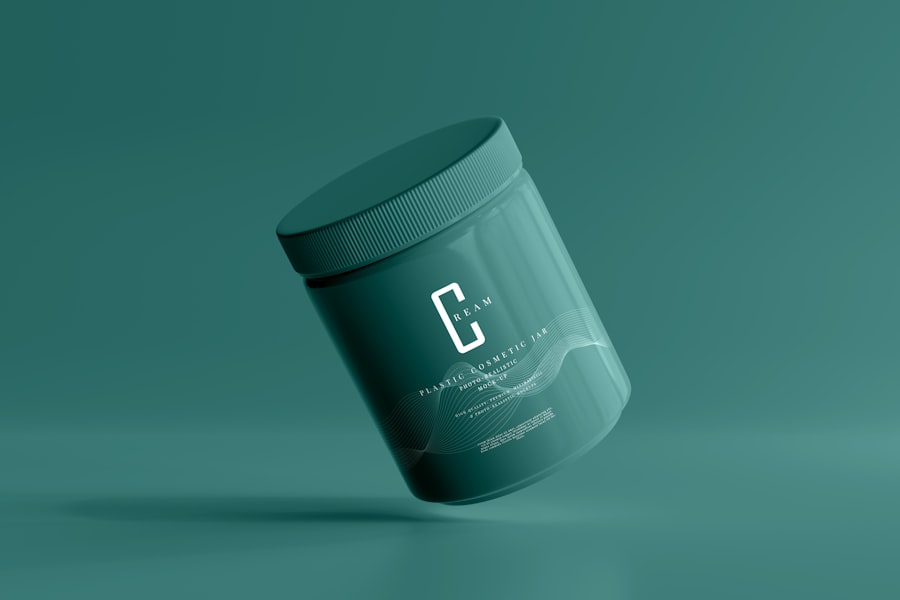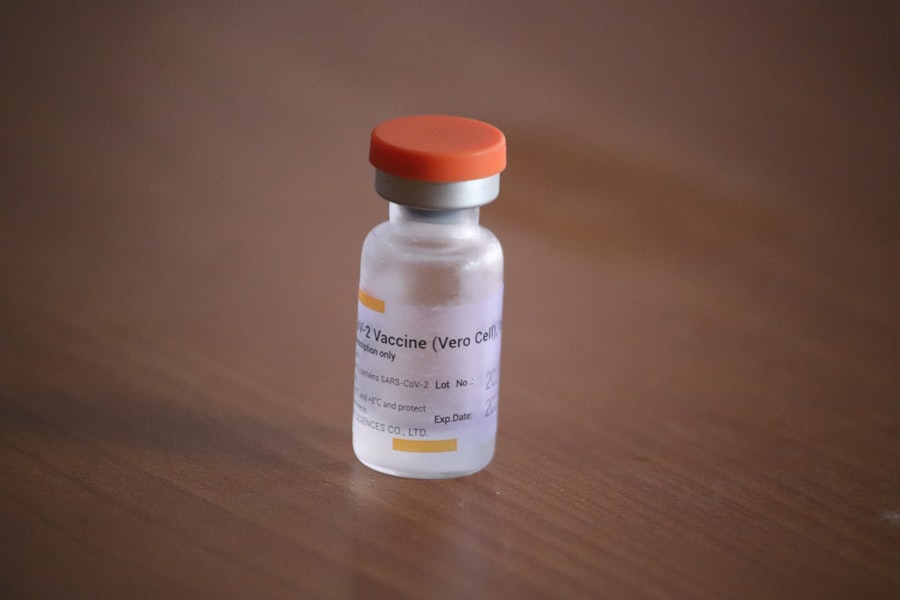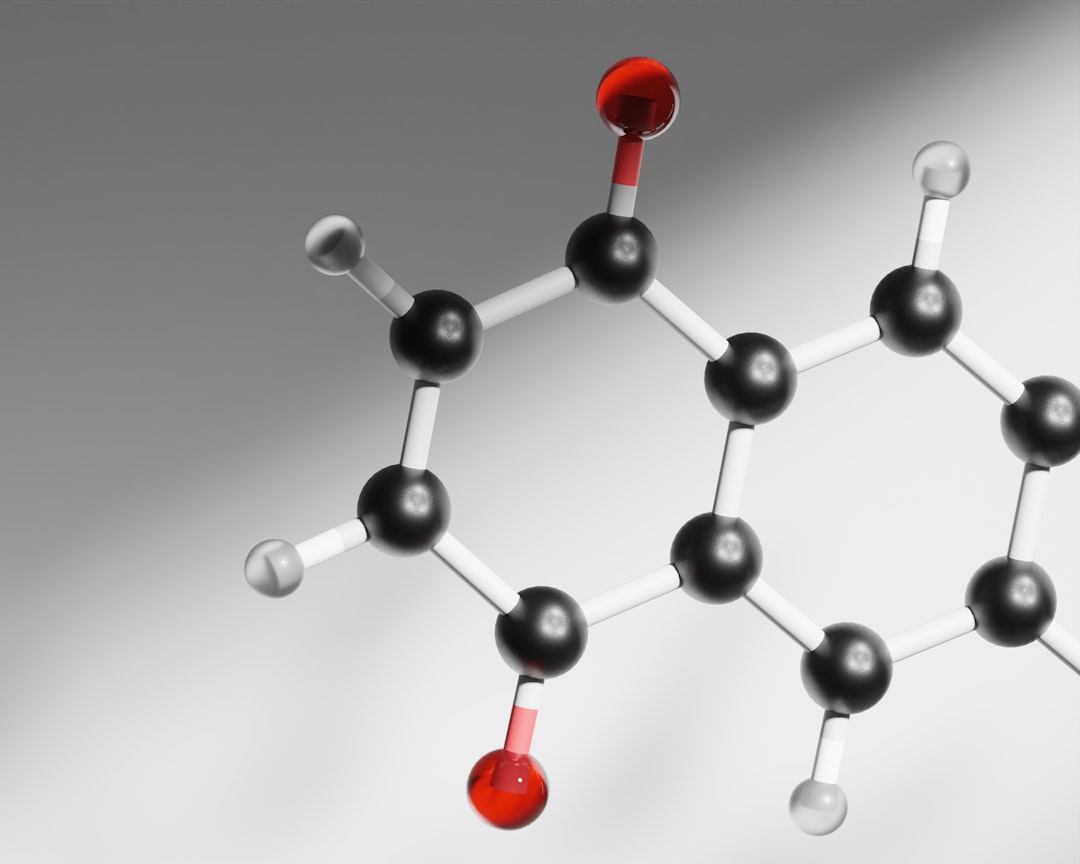C8 chemical, often referred to as perfluorooctanoic acid (PFOA), is a synthetic compound that has garnered significant attention in both industrial applications and environmental discussions. As a member of the perfluoroalkyl substances (PFAS) family, C8 is characterized by its unique carbon-fluorine bonds, which impart remarkable properties such as resistance to heat, water, and oil. This resilience has made C8 a popular choice in various manufacturing processes, particularly in the production of non-stick coatings and water-repellent fabrics.
However, the very attributes that make C8 valuable in industrial settings have also raised concerns regarding its environmental persistence and potential health risks. As you delve deeper into the world of C8, it becomes evident that its applications extend far beyond mere consumer products. The chemical has been utilized in a range of industries, from aerospace to textiles, due to its ability to enhance performance and durability.
Yet, the growing awareness of its environmental impact has led to increased scrutiny and calls for regulation. Understanding C8’s chemical structure, properties, and implications is crucial for anyone interested in the intersection of chemistry, industry, and public health.
Key Takeaways
- C8 chemical has diverse industrial applications due to its unique chemical structure and properties.
- Environmental and health concerns have prompted regulations and safety measures surrounding C8 use.
- Alternatives to C8 are being explored to reduce ecological and health risks.
- Ongoing research aims to improve C8 applications while addressing sustainability challenges.
- Market trends and future prospects depend on balancing industrial demand with regulatory and environmental considerations.
Chemical Structure and Properties of C8
The chemical structure of C8 is defined by its eight carbon atoms, each bonded to fluorine atoms, creating a highly stable molecule. This perfluorinated structure is what gives C8 its exceptional properties, including hydrophobicity and oleophobicity. The strong carbon-fluorine bonds are among the strongest in organic chemistry, making C8 resistant to degradation in the environment.
This stability is a double-edged sword; while it enhances the utility of C8 in various applications, it also means that once released into the environment, it can persist for decades. In addition to its stability, C8 exhibits unique surface tension properties that make it an effective surfactant. This characteristic allows it to reduce the surface tension of liquids, making it ideal for use in coatings and treatments that require water and oil repellency.
The ability of C8 to form films on surfaces further enhances its utility in industrial applications. However, these same properties contribute to its bioaccumulation potential in living organisms, raising concerns about long-term exposure and environmental contamination.
Industrial Uses of C8 Chemical

C8 has found a wide array of applications across various industries due to its unique properties. One of the most notable uses is in the production of non-stick cookware, where it is employed to create coatings that prevent food from sticking to surfaces. This application has made cooking more convenient for consumers but has also led to debates about safety and environmental impact.
Beyond cookware, C8 is used in the manufacturing of water-repellent textiles, providing consumers with durable clothing and outdoor gear that can withstand harsh weather conditions. In addition to consumer products, C8 plays a critical role in industrial processes. It is utilized in the aerospace industry for its heat-resistant properties, making it suitable for components that must endure extreme conditions.
Furthermore, C8 is employed in the production of firefighting foams, which are essential for controlling flammable liquid fires. While these applications highlight the versatility of C8, they also underscore the need for responsible management and regulation to mitigate potential risks associated with its use.
Environmental Impact of C8 Chemical
| Metric | Value | Unit | Description |
|---|---|---|---|
| Persistence in Environment | >10 | Years | Estimated time C8 chemicals remain in soil and water |
| Bioaccumulation Factor (BAF) | 5000 | Dimensionless | Degree to which C8 accumulates in aquatic organisms |
| Water Solubility | 0.007 | mg/L | Solubility of C8 chemical in water at 25°C |
| Half-life in Water | 3.5 | Years | Time taken for half the amount of C8 to degrade in water |
| Soil Adsorption Coefficient (Koc) | 1500 | mL/g | Measure of C8’s tendency to bind to soil particles |
| Ecotoxicity (LC50 for Fish) | 0.1 | mg/L | Concentration lethal to 50% of fish population in 96 hours |
| Atmospheric Half-life | 12 | Days | Time for half the C8 chemical to degrade in the atmosphere |
The environmental impact of C8 is a growing concern among scientists, policymakers, and the public alike. Due to its chemical stability and resistance to degradation, C8 can persist in the environment for extended periods. It has been detected in soil, water sources, and even in the blood of humans and wildlife.
This persistence raises alarms about the potential for bioaccumulation and biomagnification within ecosystems, leading to harmful effects on wildlife and potentially entering the human food chain. Moreover, studies have shown that C8 can contaminate drinking water supplies through industrial discharges or runoff from manufacturing facilities. Communities near these sites have reported elevated levels of C8 in their water sources, prompting health advisories and calls for remediation efforts.
The widespread presence of C8 in the environment has led to increased scrutiny from regulatory agencies and environmental organizations, highlighting the urgent need for comprehensive assessments and strategies to address contamination.
Health and Safety Considerations of C8 Chemical
The health implications associated with exposure to C8 are a significant area of concern. Research has indicated potential links between C8 exposure and various health issues, including developmental problems, immune system dysfunction, and certain types of cancer. These findings have prompted health organizations to issue guidelines regarding acceptable levels of exposure and have fueled public demand for transparency from manufacturers regarding their use of C8.
Safety considerations extend beyond direct exposure; they also encompass occupational hazards for workers involved in the production or handling of C8-containing products. Proper safety protocols and protective equipment are essential to minimize risks associated with inhalation or skin contact. As awareness grows about the potential dangers of C8, industries are increasingly called upon to implement safer practices and explore alternatives that do not pose similar health risks.
Alternatives to C8 Chemical

In light of the concerns surrounding C8, researchers and manufacturers are actively seeking alternatives that can provide similar benefits without the associated risks. One promising avenue involves the development of short-chain fluorinated compounds that may offer similar performance characteristics while being less persistent in the environment. These alternatives aim to strike a balance between functionality and safety, addressing both consumer needs and environmental concerns.
Additionally, non-fluorinated options are gaining traction as viable substitutes for C8 in various applications. For instance, natural waxes and silicone-based treatments are being explored as alternatives for water-repellent coatings. While these substitutes may not replicate all the properties of C8 perfectly, they offer a more sustainable approach that aligns with growing consumer demand for environmentally friendly products.
The transition toward safer alternatives represents a crucial step in mitigating the risks associated with C8 while still meeting industrial needs.
Regulation and Legislation Surrounding C8 Chemical
The regulatory landscape surrounding C8 has evolved significantly over recent years as awareness of its environmental and health impacts has grown. In many countries, regulatory agencies have begun implementing stricter guidelines regarding the use and disposal of C8-containing products. For instance, the U.
Environmental Protection Agency (EPA) has taken steps to phase out the use of PFOA under its 2016 PFOA Stewardship Program, encouraging manufacturers to transition away from this chemical. Internationally, agreements such as the Stockholm Convention on Persistent Organic Pollutants have also targeted PFAS compounds like C8 for regulation due to their persistence and potential harm to human health and ecosystems. As regulations tighten globally, industries are faced with increasing pressure to comply with new standards while also innovating safer alternatives. This evolving regulatory framework reflects a growing recognition of the need for responsible chemical management in order to protect public health and the environment.
Research and Development in C8 Chemical Applications
Research into C8 chemical applications continues to be a dynamic field as scientists explore both its uses and potential alternatives. Ongoing studies aim to better understand the mechanisms by which C8 interacts with biological systems and its long-term effects on human health and ecosystems. This research is critical for informing regulatory decisions and guiding industries toward safer practices.
Moreover, innovation in materials science is paving the way for new applications that may reduce reliance on traditional PFAS compounds like C8. Researchers are investigating novel formulations that can replicate the desirable properties of C8 while minimizing environmental impact. This focus on sustainable chemistry not only addresses current concerns but also positions industries for future success as consumer preferences shift toward greener products.
Global Market Trends for C8 Chemical
The global market for C8 chemical has experienced fluctuations as awareness of its risks has grown alongside regulatory changes. While demand for products containing C8 remains strong in certain sectors—such as textiles and cookware—there is an increasing shift toward safer alternatives driven by consumer preferences and regulatory pressures. This trend is prompting manufacturers to reevaluate their product lines and invest in research aimed at developing non-toxic substitutes.
As markets evolve, companies that proactively adapt to these changes are likely to gain a competitive edge. The demand for transparency regarding chemical safety is reshaping consumer expectations, leading brands to prioritize sustainability in their offerings. Consequently, businesses that embrace innovation while addressing environmental concerns may find new opportunities for growth in an increasingly conscientious marketplace.
Future Prospects and Challenges for C8 Chemical
Looking ahead, the future prospects for C8 chemical are intertwined with ongoing challenges related to regulation, public perception, and environmental impact. As research continues to unveil the complexities surrounding PFAS compounds like C8, industries must navigate a landscape marked by heightened scrutiny and evolving standards. The challenge lies not only in complying with regulations but also in fostering innovation that prioritizes safety without sacrificing performance.
Moreover, public awareness regarding chemical safety is likely to continue influencing market dynamics. As consumers become more informed about potential risks associated with certain chemicals, their preferences will shape industry practices moving forward. Companies that proactively engage with stakeholders—be it through transparent communication or investment in safer alternatives—will be better positioned to thrive amid these challenges.
The Role of C8 Chemical in Industry and Society
In conclusion, C8 chemical occupies a complex position within both industry and society at large. While it offers valuable properties that enhance product performance across various sectors, its environmental persistence and potential health risks cannot be overlooked. As awareness grows regarding these issues, industries are faced with an imperative to innovate responsibly while adhering to evolving regulations.
The future trajectory of C8 will depend on collaborative efforts among researchers, manufacturers, regulators, and consumers alike. By prioritizing safety and sustainability, society can harness the benefits of chemical innovation while mitigating risks associated with compounds like C8. Ultimately, striking this balance will be essential for ensuring a healthier future for both people and the planet.
C8, also known as perfluoctanoic acid (PFOA), is a chemical that has garnered significant attention due to its environmental and health impacts. For a deeper understanding of C8 and its implications, you can read a related article that discusses its properties and effects on human health and the environment. Check it out here: C8 Chemical Overview.
WATCH THIS! The Forever Chemicals: How Your Nonstick Pan Gave You Cancer
FAQs
What is the C8 chemical?
C8 chemical commonly refers to perfluorooctanoic acid (PFOA), a synthetic fluorinated organic compound used in the manufacturing of non-stick coatings and other industrial applications.
What are the common uses of C8 chemicals?
C8 chemicals are primarily used in the production of Teflon and other non-stick cookware coatings, stain-resistant fabrics, firefighting foams, and various industrial processes requiring water and oil repellency.
Is C8 chemical harmful to health?
Exposure to C8 chemicals like PFOA has been linked to potential health risks, including developmental issues, liver toxicity, immune system effects, and certain cancers. Regulatory agencies have raised concerns about its persistence and bioaccumulation.
How does C8 chemical affect the environment?
C8 chemicals are persistent environmental pollutants that do not break down easily. They can accumulate in water, soil, and living organisms, leading to long-term ecological impacts.
Are there regulations controlling the use of C8 chemicals?
Yes, many countries have implemented regulations to limit or phase out the use of C8 chemicals due to their environmental persistence and health risks. Alternatives and safer substitutes are being promoted in industry.
How can individuals reduce exposure to C8 chemicals?
To reduce exposure, individuals can avoid using non-stick cookware that contains PFOA, check product labels for PFAS content, and support products certified as free from harmful fluorinated chemicals.
What is the difference between C8 and other PFAS chemicals?
C8 refers specifically to perfluorooctanoic acid with an eight-carbon chain, while PFAS (per- and polyfluoroalkyl substances) is a broader class of chemicals with varying chain lengths and properties. C8 is one of the most studied PFAS compounds.
Can C8 chemicals be removed from the body?
C8 chemicals are known to persist in the human body for years due to their chemical stability. While some elimination occurs naturally over time, there is no quick or guaranteed method to remove them completely.
What should I do if I suspect C8 contamination?
If you suspect contamination, it is advisable to contact local environmental or health authorities for testing and guidance. Avoid using contaminated water sources and seek medical advice if health concerns arise.
